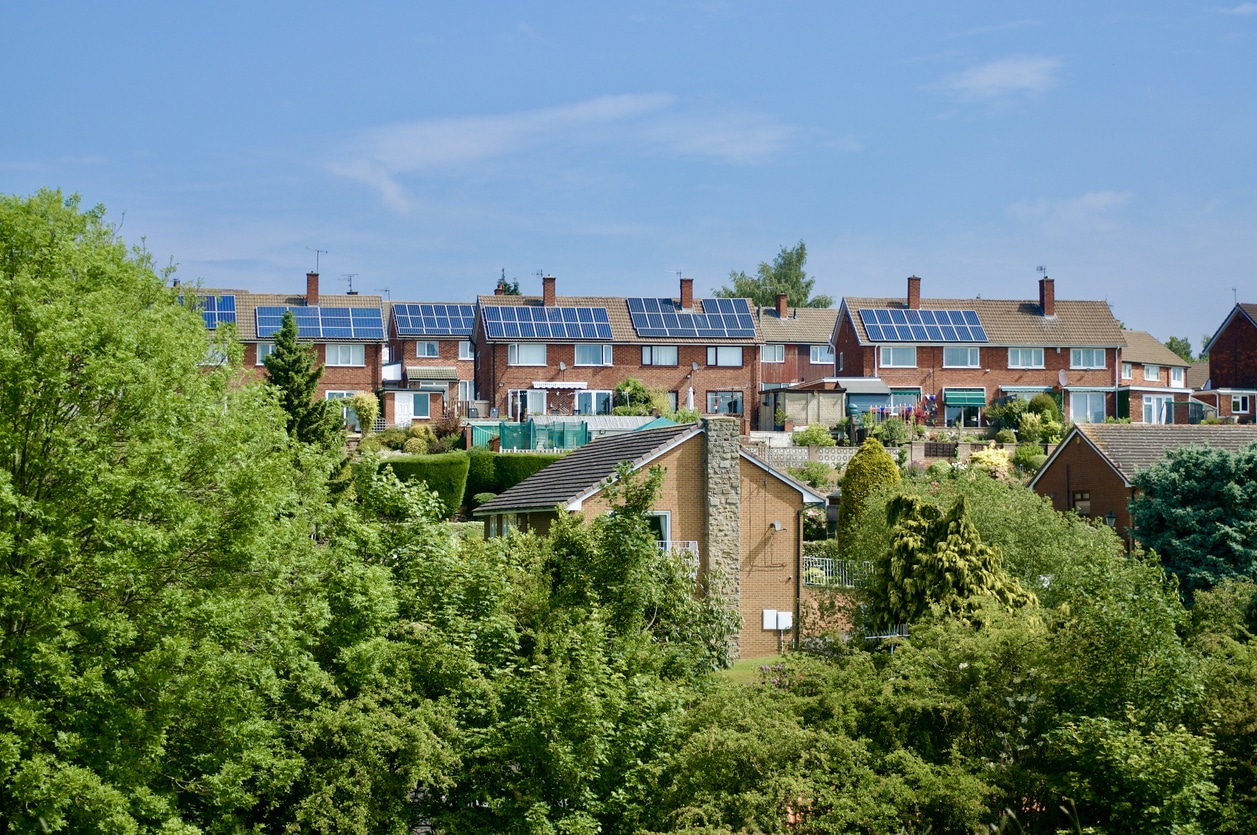
World Biodiversity Day — A Time for Reflection and a Call to Action
A vibrant coral reef teeming with fish, the reverberating birdsongs in rainforest canopies and the humble earthworm excavating the soil beneath your feet are all signs of rich biodiversity. The planet carries an incredible array of life, from massive whales to the most minuscule microbes — the heartbeat of healthy ecosystems and everyone’s well-being.
Unfortunately, climate change, habitat degradation, resource exploitation and pollution have caused unprecedented losses of precious flora and fauna. World Biodiversity Day, on May 22, 2025, is a vital time to reflect on your responsibility to preserve all living things.
Biodiversity Loss
Global biodiversity loss is occurring at an alarming rate. According to the World Health Organization, species extinctions are 10 to 100 times higher than natural die-offs. Human activities leading to land changes, deforestation and global warming are primarily to blame.
Widespread biodiversity loss has had dire implications for ecosystems and public health. For instance, degraded wetlands — which act as natural freshwater filtration systems — reduce clean water availability for over 2 billion people. Declining bee populations also threaten crop yields worth over $235 billion annually, destabilizing global food security.
Ultimately, species die-off disrupts the balance of entire ecosystems. As a result, humanity sees the spread of invasive species, interrupted food webs, worsening disease outbreaks, reduced ecological services and a higher susceptibility to natural disasters.
10 Ways to Protect Biodiversity
Preserving plant and animal species is among today’s most pressing conservation issues. You’ll be happy to know there are many ways you can protect biodiversity at home with a few simple changes to your daily routine.
1. Reduce Single-Use Plastic Consumption
Single-use plastics threaten marine habitats, making up 80% of all ocean debris, with nearly 8 to 10 million metric tons entering aquatic ecosystems annually. Scientists estimate plastic will outweigh all fish species in the sea by 2050.
Plastic pollution harms ocean wildlife by strangling them or ending up in animals’ digestive tracts. These items also take hundreds or thousands of years to break down. To avoid worsening the situation, replace single-use plastic goods like grocery bags, straws and water bottles with reusable and biodegradable alternatives.
2. Eat Organic Foods
Organic farming avoids harmful chemicals, making it a sustainable practice for protecting pollinators and soil health. As a consumer, you should shop for organic fruits and vegetables and consider starting a garden at home.
You can grow diverse produce indoors, including kale, carrots and tomatoes. For instance, carrots prefer cooler ambient temperatures, while dwarf tomatoes will do well in a container in your sunroom. You can even regrow scallions using the leftover roots from the ones you bought at the store, mitigating waste.
3. Limit Meat Consumption
Commercial livestock farming significantly contributes to methane emissions, while driving deforestation and habitat loss. Scientists predict future demands for food, animal feed and bioenergy crops will increase land use changes for agriculture. In one study of 19,859 terrestrial species, findings suggested 87.7% would lose their habitats by 2050 due to agricultural expansion.
Growing plants requires less land than raising livestock, which is highly resource-intensive due to demands for grazing and cultivating feed. Consider limiting your meat consumption or switching to a vegetarian or vegan diet.
4. Garden With Native Plants
Replacing invasive plants with native ones is an easy way to protect local biodiversity and reduce the maintenance needed in your garden. Invasive plants push out native flora, removing essential food and shelter for insects, birds and other animals. They also introduce harmful pests and diseases. Research what plants are indigenous to your area, or visit your local nursery to speak with an expert.
5. Conserve Water
All of Earth’s living creatures depend on water for survival. For this reason, conserving water is one of the most effective ways to protect biodiversity. Avoid overusing water to prevent reduced water quality, habitat loss and increasing competition for natural resources.
Water conservation starts with daily habits, such as only running full loads of laundry and dishes, turning off the faucet while brushing your teeth, taking shorter showers and fixing plumbing issues as they arise. The EPA says 10% of households waste 90 gallons or more daily when there’s a leak. Harvesting rainwater is another way to reduce water use for irrigation purposes.
6. Recycle and Compost
Recycling and composting are critical for biodiversity, preventing the need to extract new raw materials and preserving ecosystems. Composting diverts organic waste from landfills, reducing emissions by 78% and avoiding further land use change and habitat encroachment.
Adding organic matter to soil boosts nutrient density and moisture retention for healthier plant growth, building resistance against drought, disease and pests.
7. Be a Responsible Pet Owner
You may not realize it, but your beloved pet could adversely affect global biodiversity. According to one study, cats kill up to 3.7 billion avian species yearly, which has consequences for threatened and endangered birds or rodents.
Being a responsible pet owner means keeping your cat indoors to prevent them from preying on wildlife. Also, always walk your dog on a leash and adhere to signage indicating appropriate walking paths. Doing so will prevent them from chasing after animals, stepping on fragile vegetation and disturbing nesting areas.
8. Support Sustainable Businesses
Purchase goods from businesses committed to environmental stewardship and conserving biodiversity. These companies demonstrate their impact by reducing waste, using biodegradable and recyclable packaging, sourcing materials responsibly and giving back through charitable donations.
When people buy from these green businesses, it increases the demand for sustainable products and services. You can determine a company’s environmental friendliness by looking for Fair Trade, B Corp and Forest Stewardship Council labeling.
9. Leave No Trace
Follow the seven “Leave No Trace” principles to minimize environmental impact when enjoying the outdoors. These rules include disposing of all trash, remaining on designated paths, minimizing campfire impacts and leaving what you find.
While Leave No Trace is straightforward, sticking to the principles of responsible recreation decreases ecological disturbance, prevents pollution and safeguards wildlife. It also leaves the surrounding area pristine for future generations.
10. Participate in Citizen Science Projects
You don’t need a degree to contribute to the scientific community and biodiversity research. Look up citizen science projects in your area to help researchers collect valuable data, monitor local species and track environmental changes. Some projects need assistance identifying plants and animals, while others might have you photograph wildlife and document observations.
Celebrate Nature on World Biodiversity Day and Every Day
Though World Biodiversity Day only comes around once a year, you should make it your mission to protect flora and fauna daily. Small changes to your routine will benefit preservation efforts for years.







Post a comment